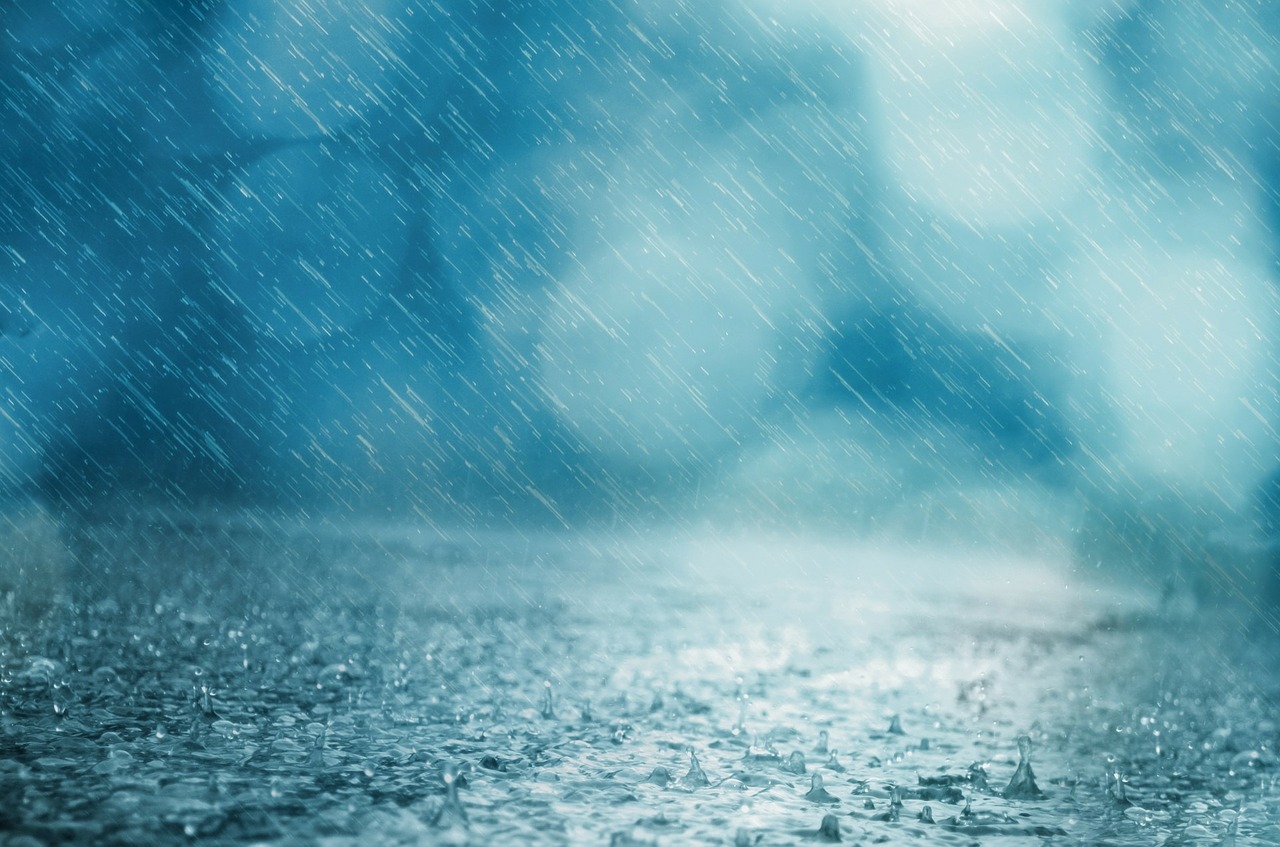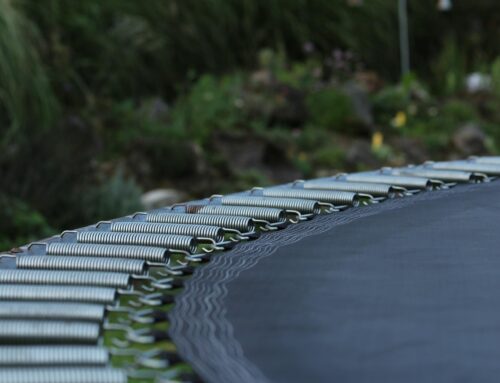Here in South Florida, we know about heavy rains and severe storms. In fact, we are treated to wild weather nearly every afternoon in the summertime, and hurricane season is a reality for all of us. Because these rainstorms are so familiar to us, we often don’t think much about them – nor do we consider any damage they may be doing to our homes.
However, even the most minor damage to your home during one of these storms, if undetected, can grow into a major problem very quickly. Therefore, it is imperative that all Sarasota and Manatee area homeowners check their homes routinely after heavy storms. Not all damage is readily visible, so here are just a few tips as to the items you should check in order to keep your home secure and dry.
Check the Roof:
It should come as no surprise that the most frequent storm damage affects your roof. Debris or branches often fall on your roof, causing damage to tiles or gutters. Never go up onto your roof unless you are accustomed to doing so, but some damage can be seen easily once you are eye-level. You should look for cracked or broken tiles or missing shingles; as well as for loose granules in your gutters which indicate shingle erosion.
Broken or deteriorated tiles can allow water intrusion, leaks, and rotting in your attic and roof frame over time. You should also look around chimneys, skylights, or vents to make sure the flashing is still intact, and diverting water away from those openings.
Pooling water or frequent leaks can also lead to mold and health problems, so stopping a leak early is your best protection.

Windows Too:
Window damage is also commonly reported after a storm. Sometimes the storm damage will be very obvious, like a shattered or broken window. However, you should also check the window frames to make sure they are not leaking and look for fogging between the window panes.
Look Up for Leaks:
In a season of heavy rains, it is easier to spot leaks. During and after a major rainstorm, check your attic (if possible) for wet wood or insulation. If a leak has progressed, you may also be able to notice when you look up at your ceiling. Check for cracks, drips, stains, or sagging which may indicate a hidden leak.
Check Exterior Walls:
One rainstorm will likely not cause damage in your walls. But inspecting the exterior of your stucco home after a heavy rain may reveal cracks or seams which could be allowing water intrusion. If your home has siding, check for any tears, cracks, or chips.
Check Electrical Boxes and Wiring
If you have exterior wiring – or exposed wiring in your roof – exposure to water can cause obvious dangers. Make sure that no coverings have been damaged in the storm, and that no water is pooled around or intruding on electrical systems.
You may think it unnecessary to check your home after storms, but getting into this habit may help you to mitigate any future damage.
Remember, a small problem today often snowballs into a major problem tomorrow, so being proactive in this regard may save you time, expense and aggravation down the road. If you have any questions about your homeowners insurance as it pertains to storm damage, the insurance professionals at Anderson & Associates are here to help.








